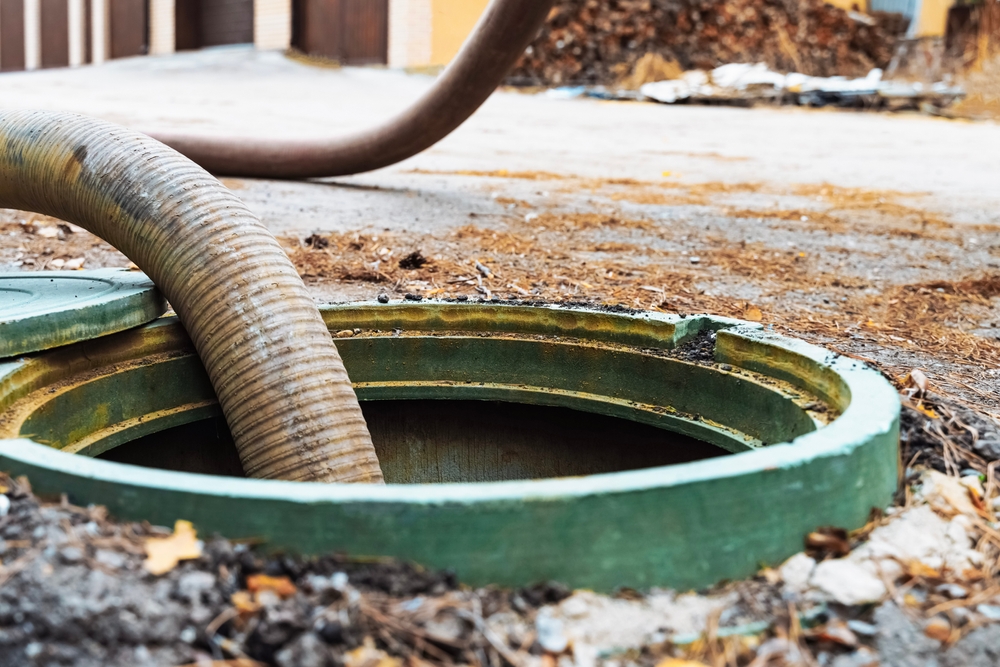Assure your home’s sanitation with Antorino & Sons’s septic tank pumping services in Montauk, NY.


At Antorino & Sons, we are known for being the premier septic tank pumping company in Montauk, NY. Our team offers professional septic tank pumping with a commitment to quality and customer satisfaction. Serving Suffolk County, we use state-of-the-art equipment to ensure your septic system runs swiftly.


Ready to get started?
Septic tank pumping is crucial for maintaining a healthy and efficient waste management system. Regular pumping prevents backups and extends the life of your system. At Antorino & Sons, we specialize in local septic tank pumping, making sure homes in Montauk, NY, and Suffolk County remain safe and clean. You can trust us to handle your septic needs with accuracy and consideration. Call us at 631-250-6829 to schedule your service today.

Montauk derives its name from the Montaukett tribe, an Algonquian-speaking tribe who lived in the area. In 1614, Dutch explorer Adriaen Block encountered the tribe at Montauk Point, which he named Hoeck van de Visschers, or “Point of the Fishers”. Two decades later, in 1637, the Montauketts sided for their own protection with the New England settlers in the Pequot War in Connecticut. In the aftermath the Montauketts were to sell Gardiners Island. In 1648 what would become the Town of Easthampton (first Maidstone) was sold to settlers by the colony of Connecticut and the colony of New Haven while retaining the lands to the east, from the hills rising above where the first fort stood (Napeague, New York) to Montauk Point. The western boundary of today’s Hither Hills State Park is also known as the 1648 purchase line.
In 1653, the Narragansett-Montaukett War started. Narragansetts under Ninigret attacked and burned the Montaukett village, killing 30 and capturing one of Chief Wyandanch’s daughters. The daughter was recovered with the aid of Lion Gardiner (who in turn was given a large portion of Smithtown, New York in appreciation). The Montauketts, ravaged by smallpox and fearing extermination by the Narragansetts, were provided temporary refuge by white settlers in East Hampton. Many short but famous battles ensued. The skirmishes ended in 1657. Fort Pond Bay derives its name from a Montaukett “fort” on its shore. A deed was issued in 1661 titled “Ye deed of Guift” which granted all of the lands east of Fort Pond to be for the common use of both the indigenous people and the townsmen.
Further purchase agreements were entered into in 1661, 1672 and 1686 which, among other things, allowed a group of Easthampton townsmen to graze cattle on the Montaukett lands. While some lands were protected in the agreements as forest land, for the most part, all of Montauk was maintained by the townsmen as a private livestock and fisheries operation. As a result of Montauk being operated as a livestock operation, it is considered to be the oldest cattle ranch in the United States.
Learn more about Montauk.Local Resources
Ready for a Cleaner, Healthier Home?
Call Antorino & Sons Today!
Antorino & Sons
Company
Support
Useful Links